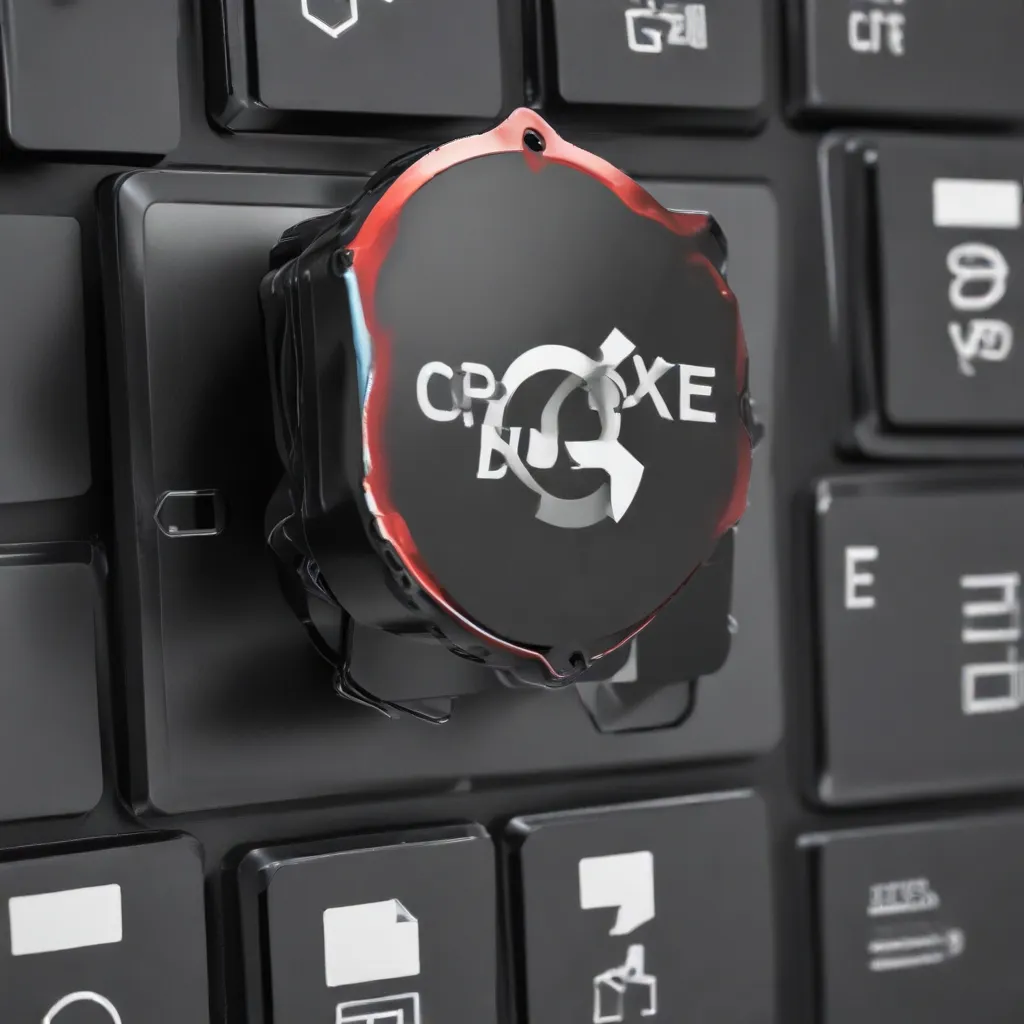
Demystifying Corrupted Downloads: Take Back Control
In the ever-evolving digital landscape, the risk of encountering corrupted downloads is an unfortunate reality that most tech-savvy individuals face. Whether you’re a seasoned developer downloading game builds, a designer accessing critical design assets, or an everyday user simply trying to update your software, the frustration of a failed download can bring your productivity to a screeching halt. But fear not, fellow IT enthusiasts, for we are about to arm you with the knowledge and strategies to conquer corrupted downloads and retrieve your files without a hitch.
Identifying the Root Causes of Corrupted Downloads
Before we dive into the solutions, it’s crucial to understand the common culprits behind corrupted downloads. The primary reasons include:
-
Unstable or Slow Internet Connections: A fluctuating internet connection or a slow download speed can result in interrupted file transfers, leading to incomplete or corrupted downloads.
-
Faulty or Outdated Software: Older versions of web browsers, download managers, or operating systems may have vulnerabilities or compatibility issues that can contribute to download failures.
-
Malware and Viruses: Malicious software can intercept and tamper with your downloads, causing integrity issues with the downloaded files.
-
Hardware Failures: Malfunctioning storage devices, RAM, or other computer components can hinder the successful completion of a download.
-
Server-Side Issues: The hosting platform or the download source itself may experience technical difficulties, resulting in corrupted or incomplete file transfers.
Troubleshoot Corrupted Downloads: Step-by-Step Strategies
Now that we’ve identified the common culprits, let’s dive into the step-by-step strategies to tackle corrupted downloads and retrieve your files without a hitch.
Step 1: Verify Your Internet Connection
Ensure that your internet connection is stable and reliable. Try the following:
-
Run a speed test: Use an online tool to check your download and upload speeds. If the results are lower than expected, consider restarting your router or contacting your internet service provider (ISP) for assistance.
-
Try a different network: If possible, connect your device to a different network, such as a mobile hotspot or a friend’s Wi-Fi, to rule out any issues with your home or office network.
-
Use a wired connection: Switching from a wireless to a wired Ethernet connection can often provide a more stable and reliable internet connection, reducing the risk of download interruptions.
Step 2: Update Your Software
Outdated software can be a significant contributor to corrupted downloads. Ensure that you’re using the latest versions of the following:
-
Web Browser: Update your web browser to the most recent version, as older versions may have compatibility issues or security vulnerabilities that can interfere with downloads.
-
Download Manager: If you’re using a dedicated download manager, make sure it’s up-to-date. Many modern download managers have built-in features to handle corrupted or interrupted downloads.
-
Operating System: Check for any available updates for your operating system and install them promptly. This can address potential compatibility issues and improve overall system stability.
Step 3: Scan for Malware and Viruses
Malicious software can be a common culprit behind corrupted downloads. Conduct a thorough scan of your system using a reputable antivirus or anti-malware software to detect and remove any threats that may be interfering with your downloads.
Step 4: Verify Hardware Integrity
Hardware failures can also contribute to download issues. Perform the following checks:
-
Test Your Storage Devices: If you’re downloading files to a local storage device, such as an internal or external hard drive, run a diagnostic tool to check for any issues with the storage media.
-
Check Your RAM: Faulty RAM can cause system instability and impact the download process. Utilize a memory testing utility to ensure your RAM is functioning correctly.
Step 5: Retry the Download from a Different Source
If the above steps haven’t resolved the issue, try downloading the file from a different source or mirror. This can help rule out any server-side problems or network-related issues specific to the original download location.
Step 6: Utilize Download Managers and Resumable Downloads
Many modern download managers and web browsers offer built-in support for resumable downloads. If a download is interrupted, these tools can automatically resume the process from the point of interruption, reducing the risk of file corruption.
Step 7: Conduct a Clean Installation
In some cases, a more drastic measure may be necessary. Consider performing a clean installation of your operating system or the specific software you’re trying to download. This will ensure a fresh, uncorrupted environment, eliminating any lingering issues that may be causing the download problems.
Bonus Tip: Leverage the Power of the IT Fix Community
If you’ve exhausted all the troubleshooting steps and are still struggling with corrupted downloads, don’t hesitate to reach out to the IT Fix community for additional support. Visit our website at https://itfix.org.uk/ to explore a wealth of resources, including forums, tutorials, and expert advice, all designed to help you conquer even the most persistent download challenges.
Conclusion: Regain Control and Conquer Corrupted Downloads
Dealing with corrupted downloads can be a frustrating experience, but with the right strategies and troubleshooting steps, you can reclaim your digital productivity. By addressing the root causes, updating your software, and leveraging the power of download managers and community support, you’ll be able to retrieve your files without a hitch, guaranteed. Embrace these techniques, and say goodbye to the headaches of corrupted downloads for good.












